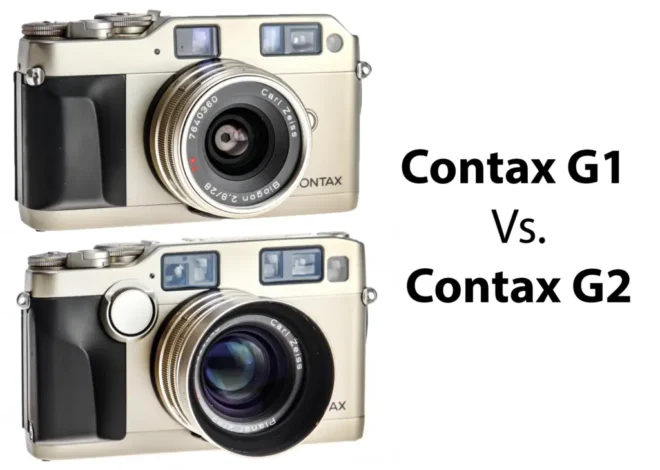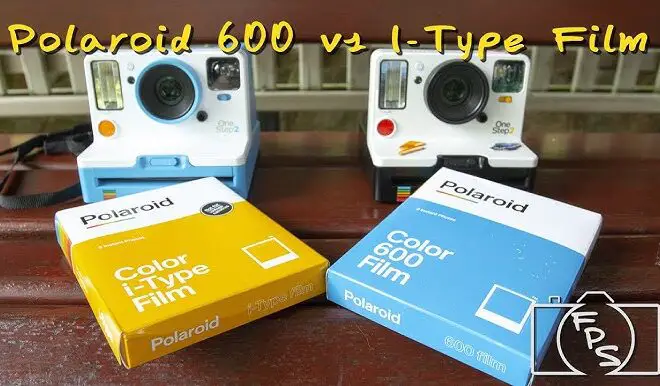
Should you shake polaroids?
Table of Contents
Should You Shake Polaroids Photos?
As an Amazon Associate, I earn from qualifying purchases.
Short answer: No. You shouldn’t shake Polaroid photos.
Though iconic—thanks to OutKast’s lyric “shake it like a Polaroid picture!”—this advice is a myth that can harm your instant photos.

Why Shaking Is a No-Go
- Official guidance says don’t shake your photos. Polaroid advises letting the print develop face-down or kept protected, especially from light—without shaking—because shaking can cause marks or distortions.
- Chemical disruption is real. The internal layers of a Polaroid—image, reagent, and timing—are delicate. Shaking can disturb these, leading to bubbles, uneven chemical spread, or blurred development.
- Modern film has a protective layer. Today’s Polaroid prints are covered by a clear plastic window, so shaking is totally unnecessary and can even damage the image.
- Shared user consensus backs it.
- On Reddit’s r/LifeProTips: “If you ever use a Polaroid, DON’T shake the photo to develop it. … you are supposed to leave it alone.”
Science Behind Instant Film Development
- When a Polaroid ejects, the print travels through rollers that burst the chemical pods in the film’s border—this spreads the developing agents evenly across the picture. No shaking needed
How To Handle Polaroids Properly
Here’s a complete guide to get great results, every time:
- Store film properly
Keep unused film cool and dry—ideally in the fridge (not freezer)—to maintain chemical stability. - After shooting
- Shield from bright light immediately. The film is light-sensitive right after ejection. Let the camera’s built‑in shutter (shield) do its job, then store the print face down or in the dark.
- Avoid heat. High temps (>28 °C / 82 °F) can cause reddish or yellowish tints. If it’s hot, place prints in a cooler spot—like in shade, a cooler bag, or under a cold drink.
- Leave them alone.
Resist the urge to shake. Just lay them flat and let them develop naturally. - First 30 days: store wisely.
Keep them safe in a box or dark place for about a month—after that, albums or even frames (with UV‑protective glass) are fine
Quick Reference Table
| Do This | Avoid This |
|---|---|
| Store film cool (not frozen) | Shaking prints while developing |
| Shield print from bright light | Expose developing prints to heat |
| Lay flat in dim/light-protected area | Bending, creasing, or agitating |
| Use dark storage for first 30 days | Storing near heat or UV light |
Final Thoughts
- Shaking a Polaroid photo doesn’t help—it risks creating bubbles or chemical streaks.
- Modern films are protected and shake-free by design.
- The best approach? Patience, protection from light and heat, and gentle handling.

FAQs
Does shaking Polaroids help them develop faster?
No. Shaking doesn’t speed up development. Instant film contains chemical layers that develop on their own. The timing is built into the film and camera design.
Can shaking a Polaroid damage the picture?
Yes. Shaking can cause:
Uneven chemical spread
Bubbles or streaks
Color distortions
Possible cracking of the image surface
Why do people think you should shake them?
The idea became popular from the old habit of waving photos to dry traditional prints—and was reinforced by pop culture, especially the OutKast song “Hey Ya!”. But it’s just a myth for modern instant film.
Is it different for old vs. new Polaroid film?
Old peel-apart film: Sometimes people waved them to help the developer dry, but even then, shaking wasn’t necessary.
Modern integral film (Polaroid 600, i-Type, SX-70, etc.): Absolutely no shaking—chemicals are sealed and self-spreading.
What’s the right way to handle a fresh Polaroid?
Shield it from bright light right after ejection.
Lay it flat, face down, or put it in a protective film pouch.
Let it develop for the recommended time (5–15 minutes, depending on film type).
Avoid bending, pressing, or shaking it.
Can shaking affect long-term durability?
Yes. Disturbing the chemical layers early can lead to uneven fading and discoloration over time.
What should I do if I already shook one?
Nothing more—you can’t undo it. Just let it finish developing and handle future shots gently.
READ ALSO: How big are instax mini photos?



